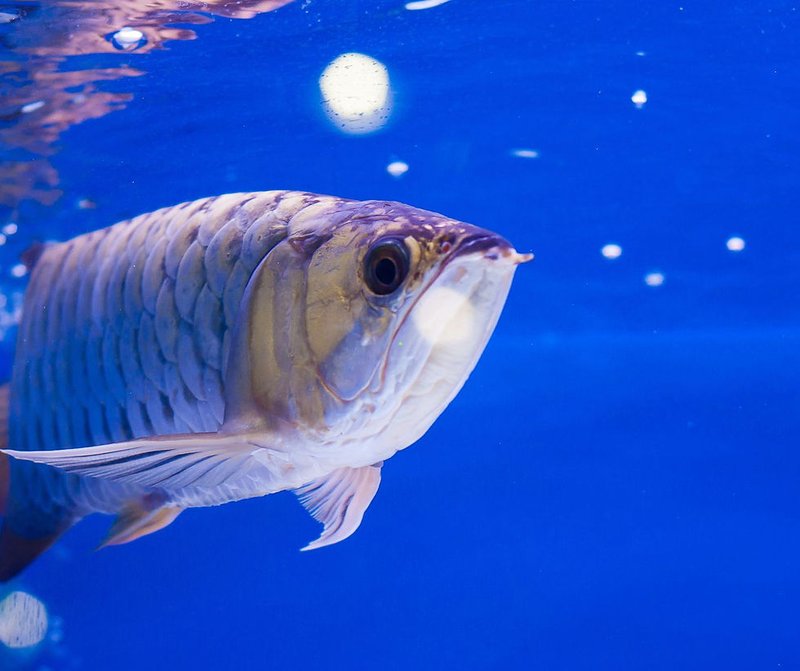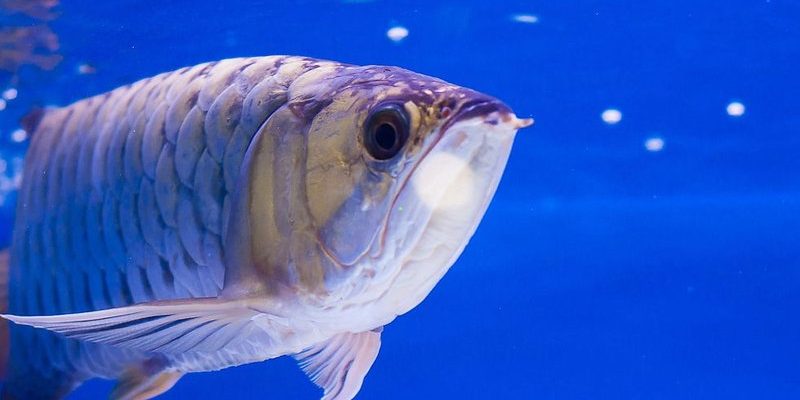
While these fish can thrive with the right environment and care, they are susceptible to various health problems. Many of these issues can be traced back to their habitat and how we care for them. The more you understand the common health problems in Arowanas, the better equipped you’ll be to keep your aquatic friend swimming happily. So, let’s dive into some typical health problems that Arowanas face and how you can treat them effectively.
1. Fin Rot: What is it and How to Identify It?
Fin rot is one of the most common ailments that Arowanas can suffer from, and it can be quite distressing for both the fish and the owner. Think of it as a bad haircut—once it starts, it can get worse if not addressed quickly. This condition typically results from poor water quality, stress, or even injuries. You might notice that the edges of the fins appear ragged or discolored, which can be a clear sign of trouble.
To identify fin rot, look for these symptoms:
- Frayed or shredded fins
- Discoloration, often turning black or brown
- Inflammation or swelling of the fin tissue
If you see any of these symptoms, don’t panic! It’s crucial to act fast. Improving water quality can make a huge difference. Regular water changes and maintaining proper filtration will help create a healthier environment for your Arowana. In more severe cases, consider using aquarium medications that target bacterial infections.
2. Swim Bladder Disease: Causes and Treatments
Swim bladder disease can be quite alarming for Arowana owners. This issue affects your fish’s buoyancy, which might cause it to float awkwardly or sink to the bottom like a stone. Imagine trying to swim with a heavy backpack—it’s exhausting! Various factors can lead to swim bladder problems, including overfeeding, constipation, or even infections.
You might be wondering how to treat it. Start by adjusting your feeding routine. Sometimes, the solution is as simple as feeding smaller portions or switching to high-quality pellets that promote better digestion. If constipation is the problem, consider offering some peas or specialized foods designed to alleviate this issue.
In more persistent cases, it may be beneficial to create a quarantine tank. Here, you can monitor your Arowana and administer medication if needed. Always remember, maintaining a balanced diet and healthy tank conditions is key to preventing this condition in the first place.
3. Ich: Recognizing the “White Spot Disease”
Ich, or “white spot disease,” is a little like moving into a neighborhood filled with pests; it’s annoying and spreads quickly. Caused by a parasite, it manifests as small white spots on the skin, fins, and gills of your fish. If left untreated, it can be deadly.
To spot ich, look out for:
- White cysts or spots on your Arowana’s body
- Scratching against surfaces (like it’s itchy)
- Loss of appetite and lethargy
So, what can you do? First things first: raise the water temperature gradually, as this can speed up the life cycle of the parasite. At the same time, you can add aquarium salt (check the dosage!) or use medications specifically designed to combat ich. Make sure to follow the instructions carefully.
4. Velvet Disease: A Hidden Threat
Velvet disease can be quite sneaky, often showing up like a hidden villain in a movie. This condition, caused by a protozoan parasite, can quickly lead to severe problems if not addressed. The symptoms aren’t always obvious at first, but once you notice a gold or rust-colored dust on your Arowana’s body, it’s time to take action.
To treat velvet disease, increase the water temperature slightly and add activated carbon to your filtration system to help remove any toxins. You might also want to use a copper-based medication designed for treating protozoan infestations. Just be careful—copper can be toxic to invertebrates, so remove any snails or shrimp from the tank beforehand.
5. Dropsy: Recognizing and Reacting
Dropsy is a serious condition that can affect Arowanas, leading to a swollen abdomen and raised scales, almost like it’s wearing armor. If you notice your fish looking unusually bloated, it’s time to take a closer look. This condition can stem from poor water quality, bacterial infections, or even organ failure.
If your Arowana shows signs of dropsy, the first step is to check water parameters. Bad water conditions are often the root cause. Next, consider isolating the fish in a separate tank for treatment. Medications specifically for bacterial infections can also be effective. You may need to provide a more nutritious diet to help boost its immune system.
6. External Parasites: Prevention and Treatment
External parasites are like uninvited guests that can turn your peaceful aquarium into a nightmare. These tiny critters can latch onto your Arowana, causing irritation and stress. Signs include excessive scratching, inflammation, and visible parasites on the skin or fins.
To treat external parasites, a formalin or praziquantel treatment can be helpful. These medications are designed to target specific parasites. Additionally, keeping your tank clean and ensuring your fish aren’t stressed can go a long way in preventing these unwanted pests from arriving in the first place.
7. Maintaining a Healthy Tank Environment
Think of your Arowana’s tank as its home—just like you wouldn’t want to live in a messy space, neither does your fish! Maintaining a healthy environment is key to preventing many health issues. Regular water changes (about 20% once a week), monitoring temperature, and using a quality filtration system are essential steps.
You might also want to invest in a good test kit to keep an eye on ammonia, nitrite, and nitrate levels. Ensuring that the pH is in the right range (around 6.5–7.5 for Arowanas) can help keep your fish happy and healthy. Remember, a clean environment reflects a thriving fish!
8. Regular Check-Ups: Proactive Care for Your Arowana
Just like you visit the doctor for a check-up, your Arowana deserves regular health evaluations. Spend time observing your fish daily; it’s the best way to notice any changes in behavior or appearance. Keeping a journal of your Arowana’s habits can be helpful, too.
Routine water testing and maintaining a consistent feeding schedule can also help you keep track of your fish’s health. Don’t hesitate to consult with a veterinarian who specializes in fish if you suspect something is off. A little attention goes a long way in keeping your Arowana thriving.
In summary, taking care of an Arowana can feel like a rewarding challenge. By staying informed about common health problems and actively managing your fish’s environment, you’ll help ensure it lives a long, vibrant life. Remember, a happy Arowana means a happy fishkeeper!

